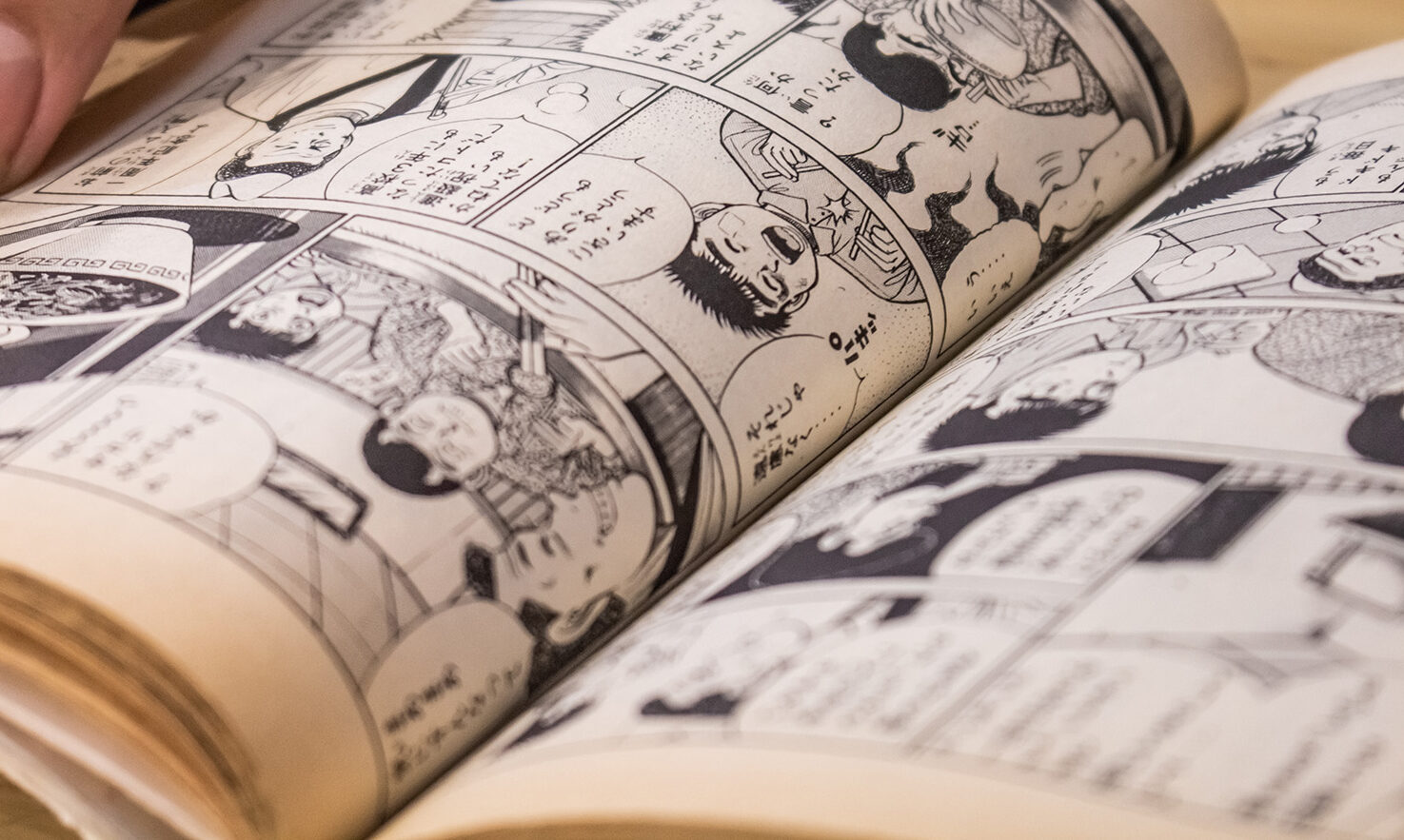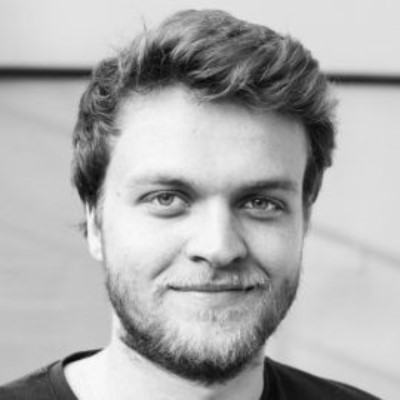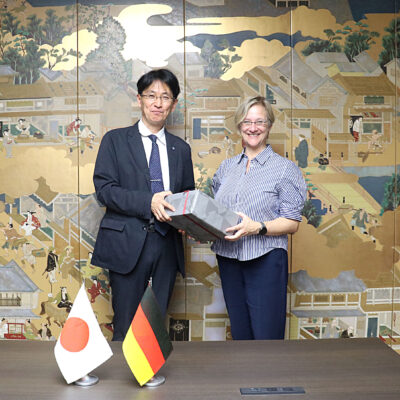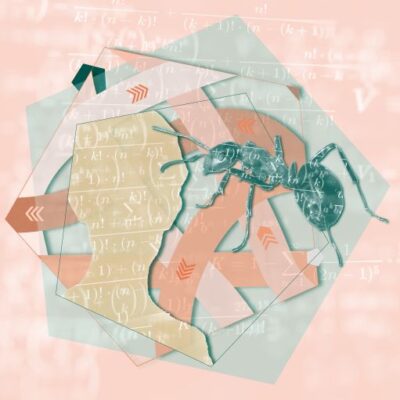The Erasmus+ International Dimension Mobility Programme allows master’s students, doctoral candidates, and lecturers from all over the world to come to Bielefeld to further their own research or teaching. Pallabi Chattopadhyay from Kathmandu University, is at Bielefeld University from April to September conducting research for her dissertation on visual linguistics. A new field that becomes all the more important in a world where people read less and less.
“After finishing my master’s degree in linguistics at Jadavpur University in Kolkata, India, I traveled and taught in Bhutan and Nepal. I had this idea for a Ph.D. in visual linguistics since my master’s and when I delivered a paper at a teacher conference in Nepal I randomly started talking to some professors about my proposal – not even thinking about it much. I got the opportunity to do my Ph.D. at Kathmandu University, so I was super excited and took it.
The burgeoning field of visual linguistics is bound to become more and more important in the 21st century – to put it bluntly, that is due to people reading less and less. Similar to semiotics, it deals with the visualization of language – so languages that aren’t written. Naturally, it is a very vast field. Just look around the main hall of Bielefeld University, with its many posters and signs. Visual linguistics is everywhere.

© Universität Bielefeld/Sarah Jonek
“Our society is shifting more and more from written texts to visual media. The internet in general and social media in particular are prime examples of this trend.”
Our society is shifting more and more from written texts to visual media, the internet in general and social media in particular being prime examples of that trend. We are communicating through emojis and stickers. My focus lies on comics, graphic novels, and manga. I have always been passionate about cartoons and comics – like most kids. Comics are especially interesting insofar as they use both written texts and visuals. They constitute a bimodal way of reading.
For my Ph.D. project I’m examining cross-cultural perceptions, that is the cognition of the human mind. I am interested in how different types of comics are perceived in different cultures. Taking Japanese manga and Chinese manhua as examples, both being read from right to left and back to front, I do feel anxious reading them – it makes me feel weird. Obviously, that is not the case for Japanese and Chinese people. These are the different cross-cultural perceptions I want to examine. It would help us understand human cognition better. However, that is a task for a lifetime, and I would love to stay in the field even after finishing my dissertation.
Researching in Bielefeld was a lucky coincidence for me. My supervisor arranged this exchange program with the sociology department at Bielefeld University through Professor Joanna Pfaff-Czarnecka and Éva Rozália Hölzle, Ph.D., and told me I should come here. They have such a great library, he said. I would have so many books to explore and learn more about the subject. I was already teaching, and I would have to leave my job in order to come here, so I was in a little dilemma: Should I stay, or should I go? Now, in my second year and as an Erasmus+ mobility grant student, I couldn’t be more excited to do research here for one semester. At this stage, my research is mainly theoretical, selecting the corpus and preparing the studies, so the library access that I have is invaluable. The professors here have been immensely helpful with regards to my research as well. It is my first time ever in Europe and I’m loving it! Particularly in Germany, I appreciate the freedom to do what you want to do and be who you want to be. Moreover, in Bielefeld the people are kind, helpful, and easy to interact with. I can even ask random customers at the supermarket when I have to translate the names or texts on some items – which could also be a potential field for visual linguistics.”







